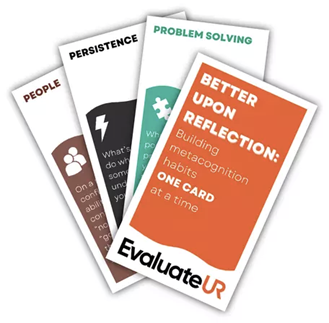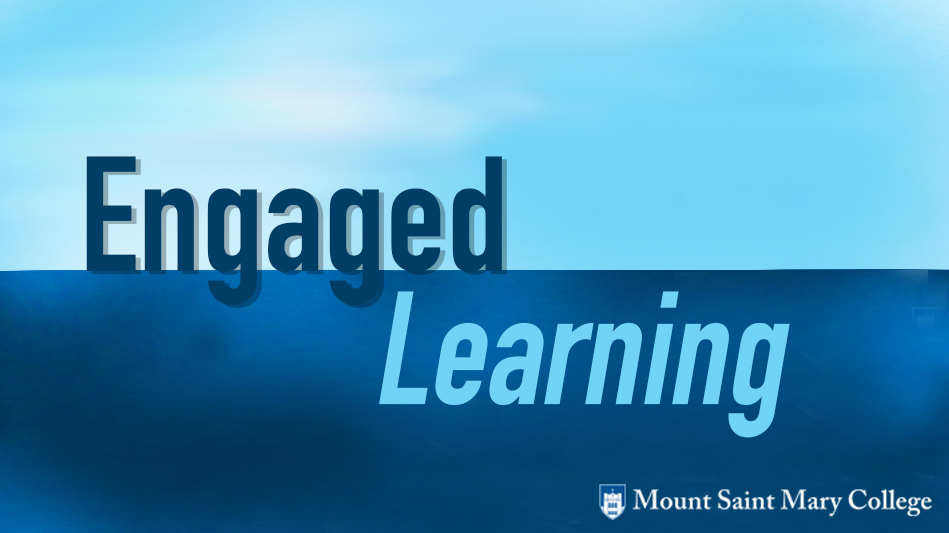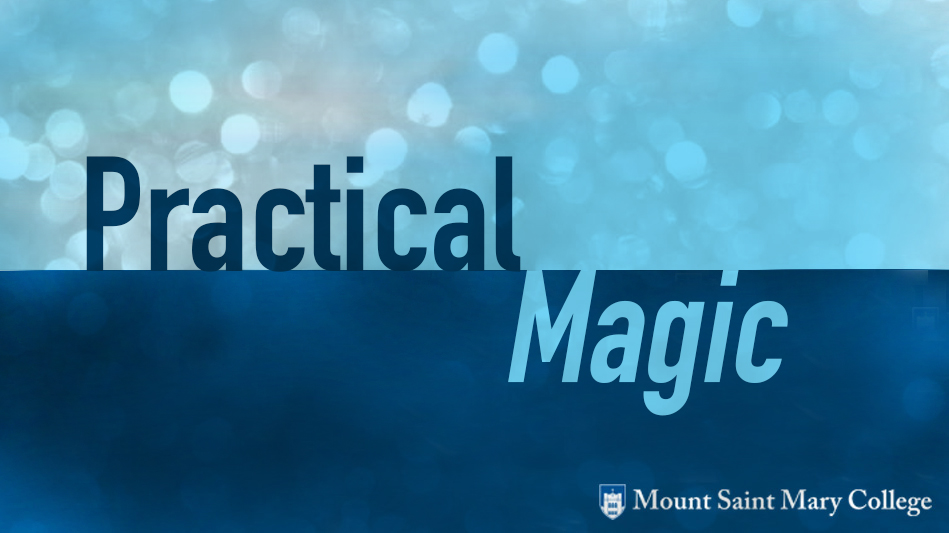by Charity Peak, U.S. Air Force Academy*
Faculty often complain that students don’t complete reading assignments. When students do read, faculty yearn for deeper analysis but can’t seem to get it. With SAT reading scores reaching a four-decade low (Layton & Brown, 2012) and nearly forty percent of postsecondary learners taking remedial coursework (Bettinger & Long, 2009), it’s not surprising that college students are increasingly unable to meet the reading expectations of professors. Faculty sense the waning reading abilities of their students, but they struggle to identify how to address the problem. After all, they weren’t trained to be reading teachers.
In February 2012, a group of faculty gathered for a Scholarship of Teaching and Learning (SoTL) Circle at the U.S. Air Force Academy to discuss how to get students to read more critically. The topic spurred such great interest that an interdisciplinary faculty learning community on Reading Critically was formed to investigate the issue and share strategies to use in the classroom. What evolved was a collective movement by faculty to become metacognitively aware of why and how they were assigning and apprenticing students to read more critically within their disciplines.
Our first meeting tackled the big question, “What do we want to know about college reading?” Despite our interdisciplinary nature, we easily identified several common areas of concern: Compliance (completing reading assignments), Comprehension (understanding what they read), and Critical Analysis. These Three C’s of College Reading guided our discussions over the next two academic years and eventually led to the creation of a website to assist other faculty members struggling with the same issues.
As academics, our first inclination was to dive into the literature to determine what other institutions had discovered about this issue. Surely we weren’t the only faculty grappling with these concerns. Not surprisingly, the research literature confirmed that the vast majority of college students do not read assignments ahead of time and do not consider the textbook to be a critical component of learning (Berry et al., 2010). In fact, a number of studies find that college students only read textbooks about six hours per week (Spinosa et al., 2008), with just 20-30% reading compliance for any given day and assignment (Hobson, 2004). Faculty hoping to set the stage prior to class and engage learners in meaningful discussions during class must first address reading compliance among students.
Unfortunately, reading is not indicative of comprehension. The combination of students’ weak reading abilities (particularly marginalized students) and difficult textbook structure produce unskilled learners, which faculty are unprepared to handle. Hobson (2004) explains that most college teachers – content specialists – do not realize their students are struggling to comprehend assigned texts. Furthermore, if faculty insist on emphasizing reading as part of their course structure, then “helping students improve their reading skills should be the responsibility of every college-level teacher” (p. 4). Without specific strategies to address the reading needs of students, typically far outside the spectrum of the usual subject area specialist, faculty are rendered helpless in creating deep thinking environments in the classroom.
Because low reading compliance predicts nonparticipation (Burchfield & Sappington, 2000), college faculty must address the issue in an effort to drive deeper learning. Over the course of two years, our Reading Critically faculty learning community identified and shared several research-based strategies to assist faculty in improving reading compliance, comprehension, and critical analysis. With no budget and nothing more than a dedication to the cause, we invited speakers to our meetings from our own institution to share how they were apprenticing readers within their courses. We discovered the value of pre-class reading guides, concept mapping, equation dictionaries, and even reading aloud in class. The interdisciplinary connectedness and learning through a common academic concern became a welcome respite from the typical silos that exist in higher education.
By the end of our first year together, our faculty learning community had gathered a wealth of research-based practices that could be implemented in courses across all disciplines. While each of the group’s participants had learned a great deal, we weren’t sure how to spread the word and continue the movement. Then, we discovered Carnegie Mellon’s Solve a Teaching Problem website. Alas, a model for us to follow! We set out to design a website for faculty to Solve a Reading Problem. Collaboratively, we created a step-by-step way for faculty to address reading issues they were encountering in their courses:
Step 1: Identify a reading problem
Step 2: Investigate a reason for the problem
Step 3: Initiate a strategy to address the problem
Our learning community pooled resources together by suggesting various problems and solutions along with research-based literature to support our ideas. Faculty then submitted lesson ideas and classroom strategies they found successful in their own courses to support better reading compliance, comprehension, and critical analysis. While the website is still very much a work in progress, it represents two years of metacognition around why faculty assign readings and how to maximize those opportunities in the classroom.
Ultimately, our faculty learned that we have a responsibility to be metacognitive about our own teaching practices in order to improve learning. This group’s commitment to the cause created an interdisciplinary metacognitive movement among our faculty that is still developing. What metacognitive movement can you lead at your institution?
References:
Berry, T., Cook, L., Hill, N,. & Stevens, K. (2010). An exploratory analysis of textbook usage and study habits: Misperceptions and barriers to success. College Teaching, 59(1), 31-39.
Bettinger, E., & Long, B. (2009). Addressing the needs of underprepared college students: Does college remediation work? Journal of Human Resources, 44(3), 736-771.
Burchfield, C. M., & Sappinton, J. (2000). Compliance with required reading assignments. Teaching of Psychology, 27(1), 58-60.
Hobson, E. H. (2004). Getting students to read: Fourteen tips. IDEA Paper No. 40. Manhattan, KS: The IDEA Center.
Layton, L., & Brown, E. (September 24, 2012). SAT reading scores hit a four-decade low. Washington Post. Washington, D.C.
Spinosa, H., Sharkness, J., Pryor, J. H., & Liu, A. (2008). Findings from the 2007 administration of the College Senior Survey (CSS): National aggregates. Los Angeles: Higher Education Research Institute, UCLA.
* Disclaimer: The views expressed in this document are those of the authors and do not reflect the official policy or position of the U. S. Air Force, Department of Defense, or the U. S. Govt.



